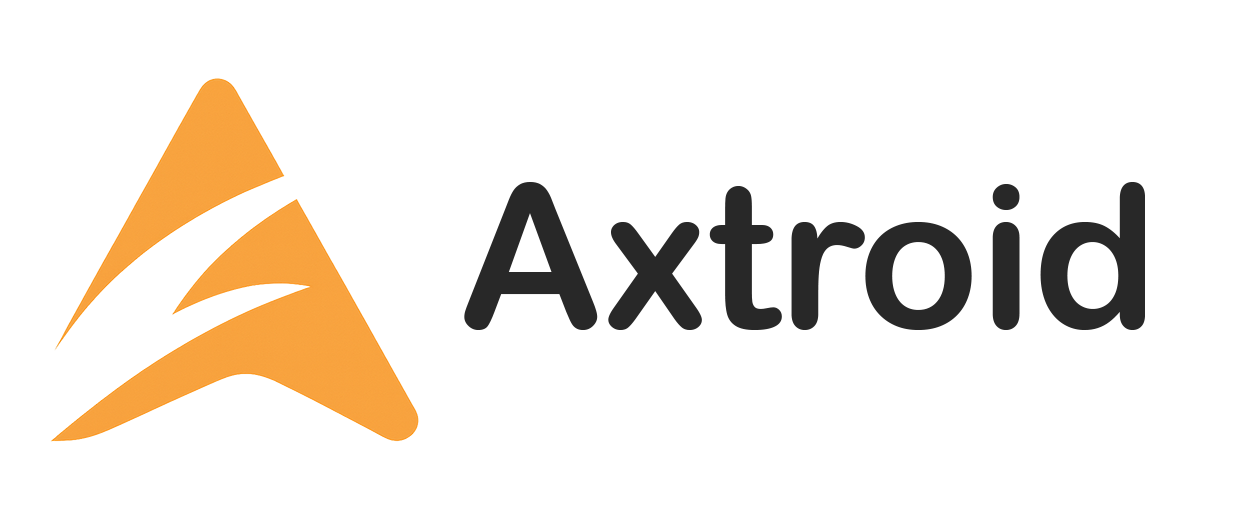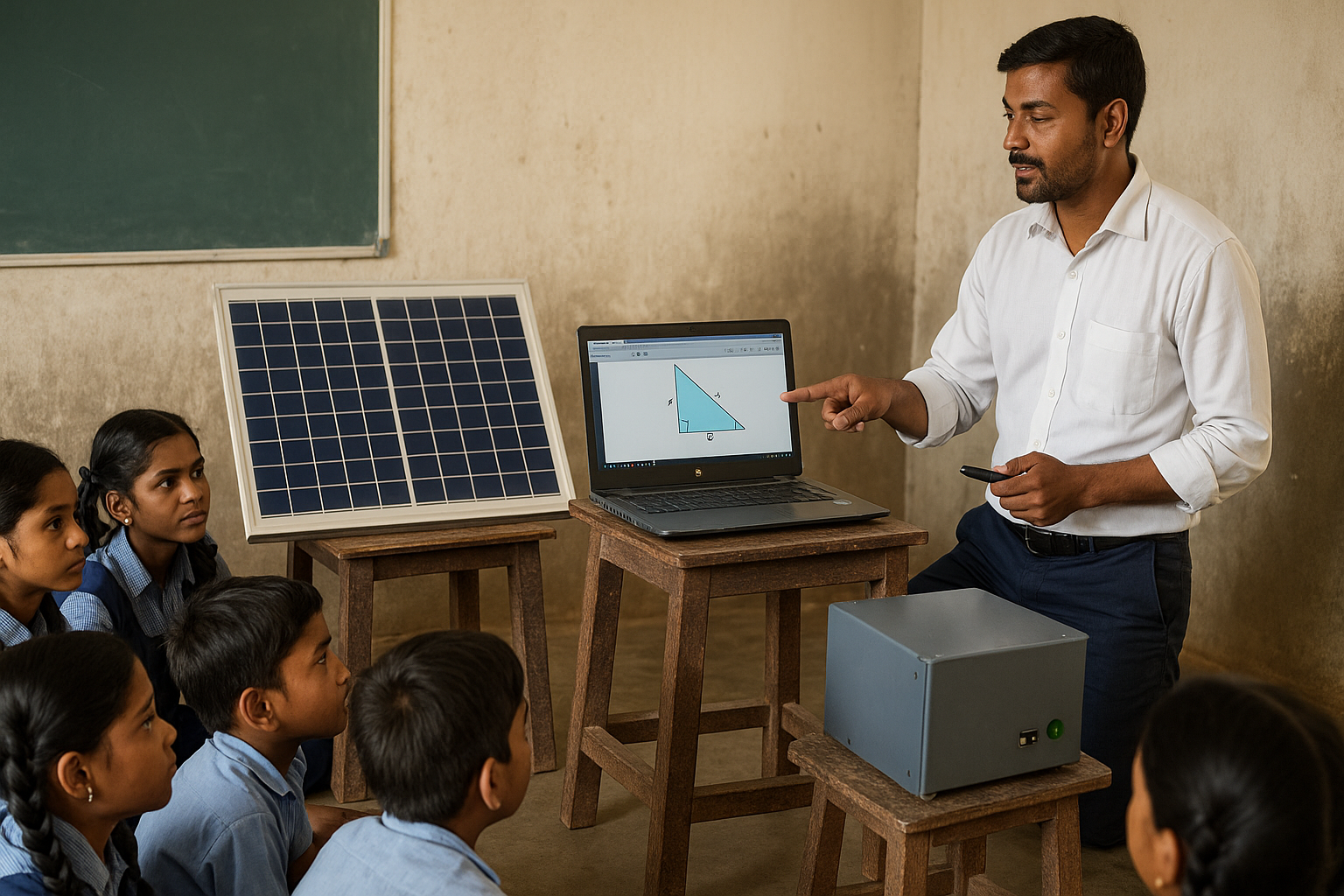Introduction
While digital learning has transformed education globally, schools in low-income areas often find themselves excluded due to the high cost of infrastructure, devices, and software. However, with smart planning and the right tools, technology can be made accessible even on tight budgets. Affordable, sustainable solutions are emerging that empower these schools to bridge the digital divide and bring 21st-century learning to all.
1. Low-Cost Hardware Options
One of the biggest barriers to digital education is the cost of devices. Fortunately, a range of budget-friendly alternatives exists:
- Raspberry Pi Computers: These credit-card-sized, low-power computers are perfect for classroom use. Paired with a monitor and keyboard, they can handle basic educational tasks, coding programs, and even offline learning systems.
- Refurbished Laptops and Tablets: NGOs and corporates often donate or sell refurbished devices at low cost, which schools can use in shared computer labs.
- Microprojectors and Android TVs: Instead of individual devices, classrooms can use projectors or smart TVs to share educational videos with an entire group.
2. Offline Learning Platforms
In areas with limited or no internet access, offline tools can still deliver rich educational content:
- Kolibri by Learning Equality: A free, open-source platform that works offline and provides videos, lessons, quizzes, and analytics. Ideal for rural schools with limited connectivity.
- RACHEL (Remote Area Community Hotspot for Education and Learning): A portable server loaded with open-source educational content that can connect to devices without the internet.
- DIKSHA App (Govt. of India): Many modules on the platform can be downloaded and used offline for both students and teachers.
3. Solar-Powered Solutions
Electricity outages are a major issue in rural and low-income areas. Solar-based systems offer a practical solution:
- Solar-powered charging stations for laptops and tablets
- Solar projectors and lighting kits for digital classrooms
- Partnerships with organizations like SELCO Foundation help set up sustainable, solar-powered learning environments
4. Community Digital Learning Hubs
Instead of outfitting every school individually, some districts are creating shared digital hubs that serve multiple schools or villages. These hubs are equipped with:
- Internet access points
- Computer labs
- Digital libraries
- Volunteer mentors
Such models reduce per-school cost and ensure better maintenance and supervision.
5. Free and Open Educational Resources (OER)
Schools in low-income areas can avoid costly textbooks and subscriptions by turning to open-access content:
- Khan Academy (available in Indian languages)
- NCERT e-pathshala
- National Digital Library of India
- Coursera for Campus Basic Plan (free for educational institutions)
Teachers can download and print lessons or use them directly in digital classrooms.
6. Teacher Training with Minimal Tech
Even with minimal tech, teachers can be empowered to use digital tools effectively. Solutions include:
- Mobile-based training modules via WhatsApp or simple Android apps
- DIY training kits that help teachers create lesson plans using PowerPoint, YouTube videos, or free apps like Canva
- Initiatives like Teachmint help teachers manage digital classrooms even with basic smartphones
Conclusion
Affordable technology is not a fantasy—it’s a growing reality in India’s low-income schools. With creative thinking, government and NGO support, and the right mix of tools, digital learning can reach every child, regardless of economic status. The path to inclusive education lies not just in high-end solutions but in scalable, sustainable innovations that meet real-world needs.


Leave a Reply